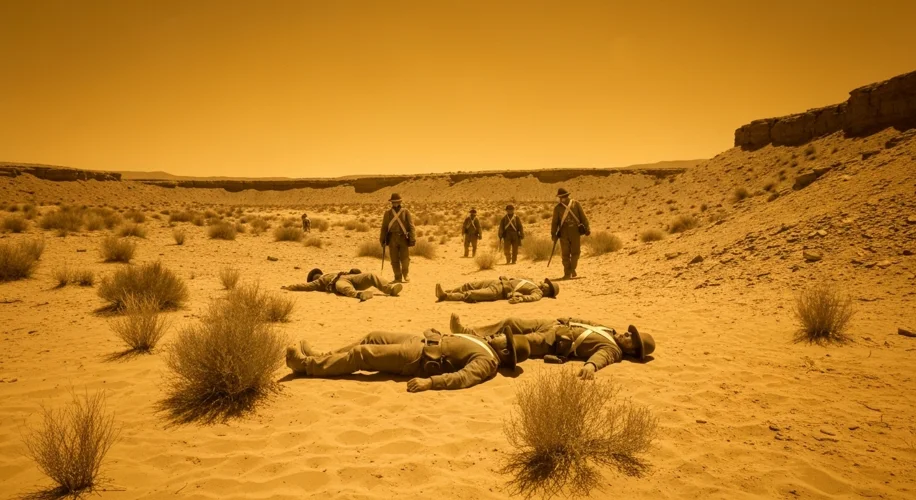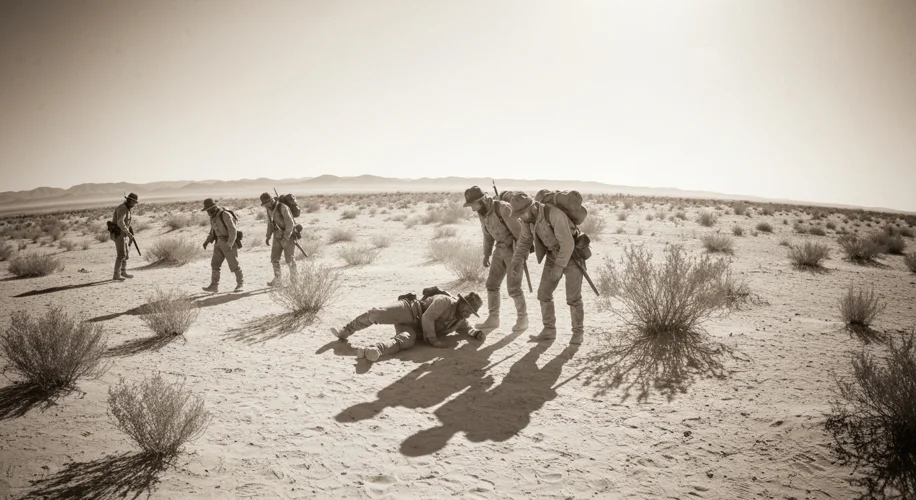The sun beat down relentlessly, a hammer blow against the parched earth. Dust devils danced in the shimmering heat haze, mocking the desperate search for shade. This wasn’t a scene from a modern survival documentary; it was a recurring nightmare woven into the fabric of Arizona’s history long before air conditioning became a ubiquitous hum.
Long before the moniker “The Grand Canyon State” evoked images of majestic vistas and burgeoning cities, the land that is now Arizona was home to indigenous peoples who understood intimately the power and peril of its climate. The Hohokam, for instance, thrived for centuries by mastering intricate irrigation systems, a testament to their deep knowledge of the desert’s rhythms. Yet, even their sophisticated society faced challenges, and the extreme heat was a constant, formidable presence.
As European settlers, primarily Spanish missionaries and later American pioneers, ventured into this unforgiving territory, they brought with them a different relationship with the land and its climate. Many were ill-prepared for the brutal summers. Diaries and letters from the 19th century paint a grim picture: men collapsing from heatstroke during grueling overland journeys, water sources dwindling to stagnant puddles, and livestock succumbing to thirst and exhaustion.
One stark example can be found in the records of the U.S. Army’s campaigns in the Southwest during the late 1800s. Soldiers, accustomed to more temperate climates, suffered immensely. Heatstroke was a common, often fatal, ailment. Marching troops had to contend with temperatures that soared well above 100 degrees Fahrenheit, with little respite. The logistics of supplying water were a constant struggle, and the consequences of failure were immediate and deadly. Reports detail soldiers being found dead by the roadside, their bodies ravaged by the intense heat, with little more than the sun and sand as witnesses.

Beyond the military, the burgeoning mining towns and early agricultural settlements also bore the brunt of these extreme conditions. In the early 20th century, as Arizona’s population grew, so did the recorded instances of heat-related fatalities. Workers toiling in the relentless sun – whether in mines, on railroads, or in nascent agricultural fields – were particularly vulnerable. There were no official cooling centers or public health warnings as we know them today. Survival often depended on individual resilience, access to shade, and the availability of water, luxuries not afforded to all.
Consider the plight of early railroad workers, laying track across the scorching desert. Their labor was back-breaking, and the heat added an almost unbearable layer of suffering. Stories, though perhaps apocryphal but reflecting a common reality, speak of men working until they could no longer stand, only to collapse and be carried away, their days numbered by the very land that promised opportunity.
The societal response, or rather the lack thereof, before widespread technological solutions like air conditioning, was largely one of stoicism and adaptation. Communities developed informal strategies: working during the cooler dawn and dusk hours, seeking out shaded canyons, and conserving water with a fierce intensity. The culture of the region slowly began to reflect the demands of the environment, fostering a rugged individualism and a deep respect for the power of the desert.
However, this stoicism often masked a grim reality. Heat-related deaths were frequently attributed to individual weakness or simply accepted as an unavoidable occupational hazard, particularly for laborers and those living in poverty. The scale of the problem was not fully grasped, and comprehensive public health measures were decades away. The “Great Heat of Arizona” wasn’t just a meteorological phenomenon; it was a silent crisis, a persistent undertone of mortality that shaped lives and landscapes long before it became a headline.
The legacy of these historical encounters with extreme heat is a crucial reminder that while our modern world offers technological comforts, the fundamental challenge posed by a searing environment remains. Understanding these past struggles helps us appreciate the resilience of those who came before and underscores the ongoing need for vigilance and proactive measures in the face of a warming planet.

